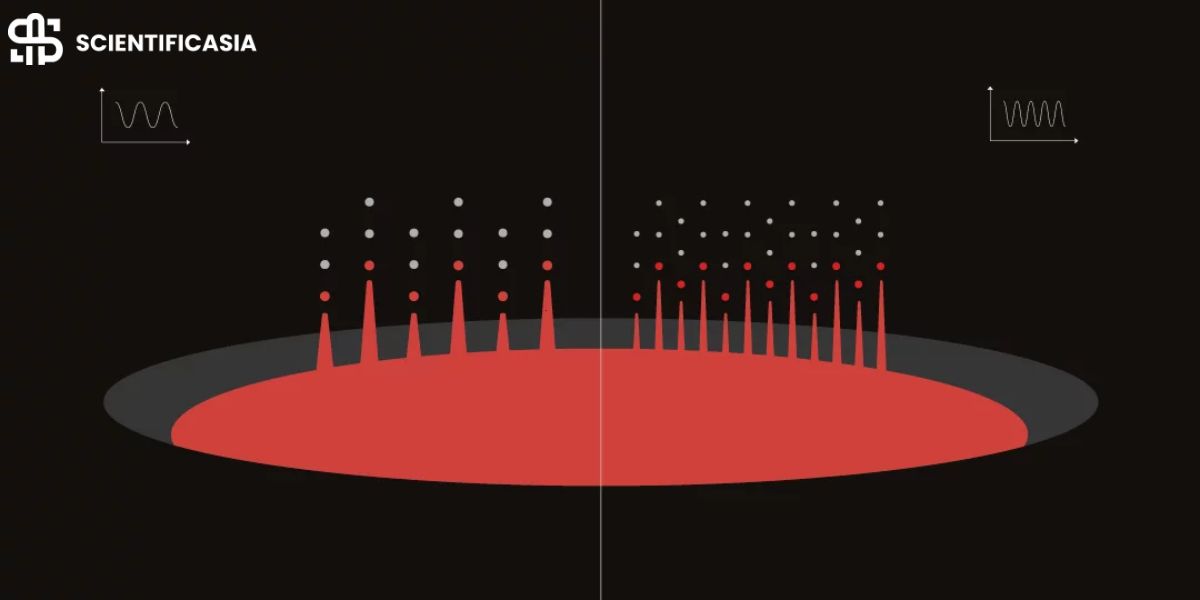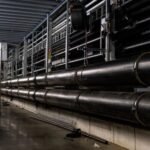The universe of metal powders is a pivotal cog in the machinery of present-day industries like manufacturing, aerospace, electronics, and automotive systems. These minuscule, adaptable particles fuel advancements in 3D printing, metal injection molding, and other innovative techniques. Traditionally, metal powders were produced using methods such as gas atomization, water atomization, and mechanical milling, which are high-pressure, high-energy processes. These methods were laborious and consumed significant amounts of time and energy.
Additionally, these techniques frequently have constraints regarding particle size distribution, sphericity, purity, and efficiency. However, a revolutionary alternative is emerging: ultrasonic atomization, an innovative technique that is transforming the powder production field. This technique uses high-frequency vibrations to produce high-quality metal powders, offering a game-changing approach to this essential industry.
Let’s discuss how ultrasonic atomization functions, its unique benefits, and its extraordinary impact on businesses.
What is Ultrasonic Atomization?
Ultrasonic atomization is a technique that utilizes high-frequency vibrations to break down liquid metal into fine droplets. These droplets then solidify into powder particles. This production process involves the use of an ultrasonic transducer that produces vibrations at frequencies typically above 20 kHz. These high-frequency vibrations create capillary waves on the surface of the liquid metal, leading to the formation of uniform droplets as the metal cools and solidifies. Thus, ultrasonic atomization is an innovative process for powder formation.

How Does Ultrasonic Atomization Work?
Gas atomization uses a strong stream of gas to break up the liquid metal. Ultrasonic atomization, on the other hand, uses high-frequency vibrations. The process of ultrasonic atomization can be broken down into four steps:
Step 1: Molten Metal
The metal is first melted in a furnace, typically a crucible, and maintained at a high temperature until it reaches a liquid state suitable for the atomization process.
Step 2: Ultrasonic Vibration
The molten metal is then poured onto a vibrating surface, known as a sonotrode. This sonotrode is precisely controlled to generate high-frequency vibrations. When these ultrasonic waves reach the surface of the molten metal, they create high-frequency vibrations.
Step 3: Droplet Formation
The high-frequency vibrations create a wave pattern on the surface called a capillary wave. The amplitude and frequency of these waves depend on ultrasonic setup – ultrasonic transducer, generator and sonotrode. As the amplitude increases, the wave peaks become unstable, disturbing the surface tension of the molten metal and causing it to break into tiny droplets.
Step 4: Solidification
These tiny droplets are expelled from the surface of the liquid. As the droplets are ejected, they quickly cool and harden in a controlled environment, forming fine metal powder particles.
Advantages of Ultrasonic Atomization
Ultrasonic atomization offers several advantages over traditional gas atomization methods:
Reduced Energy Consumption: Ultrasonic atomization is a significantly less energy-intensive process compared to gas atomization, leading to lower production costs and a more environmentally friendly approach.
Greater Control: The precise nature of the technology in ultrasonic processes provides better control over the size and distribution of the powder particles, enabling the creation of powders with specific properties tailored to various applications.
Suitable for Special Alloys: The ultrasonic process is particularly beneficial for metals that are needed in small quantities. This applies to custom alloys for research or special applications as well as expensive materials.
Uniform Particle Size Distribution: Ultrasonic atomization produces powders with a highly uniform particle size distribution, which is essential for applications requiring precise and consistent material properties.
Efficiency: The ultrasonic process is more energy-efficient than traditional methods such as gas and water atomization because it directly converts molten metal into powder with minimal material loss.
Conclusion
Ultrasonic atomization is ready to be a game changer in the field of metal powder production. Its ability to produce uniform, high-purity metal powders efficiently and consistently makes it an attractive alternative to conventional methods. As industries demand the highest quality materials for advanced applications, ultrasonic atomization will play a pivotal role in meeting these needs and driving innovation. Therefore, ultrasonic atomization system offers numerous advantages in various applications due to its efficiency and precision.
Read more:
Canada’s New Era of Construction: Why Metal Constructions are Gaining Momentum











